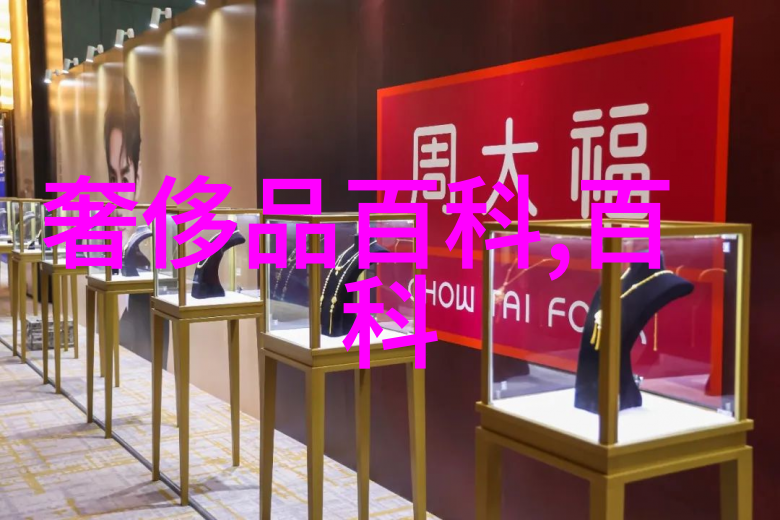香水瓶的历史

香水 bottles have a long and storied history that dates back to ancient civilizations. The earliest recorded use of perfumes was in Egypt around 1000 BC, where they were used for both practical and religious purposes. The art of perfume-making spread throughout the Mediterranean region, with the ancient Greeks and Romans developing their own unique fragrances. During the Middle Ages, perfume production declined due to trade disruptions and economic instability, but it experienced a resurgence during the Renaissance period with the rise of luxury goods.
香水瓶的设计

The design of perfume bottles has evolved over time to reflect changing societal values and technological advancements. In the early days of perfumery, bottles were often made from materials such as glass or ceramic, which were durable but not particularly elegant. It wasn’t until the Industrial Revolution that mass-produced glass bottles became more affordable and widely available, allowing for greater experimentation with shape and style.
香水瓶的材料

Perfume bottles are typically made from materials that complement their contents while also providing durability and functionality. Glass is one of the most common materials used due to its transparency which allows for easy identification of fragrance color or texture without opening bottle; another popular choice is plastic because it’s lightweight yet strong enough to withstand shipping demands without adding extra cost compared other options like metal or wood.
香水瓶的收藏与投资

Collecting perfume bottles can be an interesting hobby for those who appreciate beauty in small things or want unique items related their favorite scents – just remember you should store them properly so don’t spoil your collection! Some collectors focus on vintage pieces while others seek out limited edition designs by renowned brands.
香水瓶在现代文化中的作用

In modern society we see how fashion industry incorporates these delicate containers into marketing campaigns & product displays at stores showcasing brand identity alongside high-quality products – this emphasizes how much people value aesthetics alongside functional aspects when buying luxury items like fragrances which are meant evoke emotions & create memories through scent experience alone (without any visual cues).




